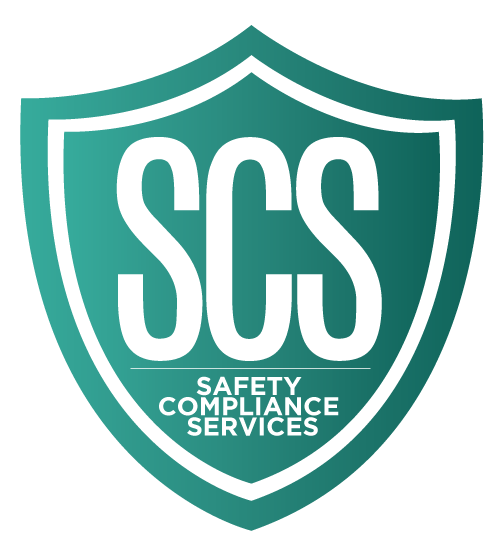In the realm of learning and development, the debate between live training sessions and on-demand videos has been ongoing. While both have their merits, there are compelling reasons why live training often proves to be the superior choice. Let’s dive into why live training can offer a richer and more effective learning experience compared to its on-demand counterpart.
Interactive Learning Experience
- Live training sessions foster real-time interaction with instructors, enabling participants to ask questions, seek clarification, and engage in discussions. This interactive environment promotes better understanding and retention of the material.
Immediate Feedback
- Participants in live training receive immediate feedback from instructors, helping them correct mistakes and reinforce correct techniques or procedures. This instant feedback loop accelerates the learning process and ensures comprehension.
Customization
- Live training sessions can be tailored to the specific needs and skill levels of participants. Instructors have the flexibility to adjust the pace, content, and focus of the training based on the audience, ensuring that everyone receives the most relevant and beneficial experience.
Accountability
- The scheduled nature of live training encourages participants to attend and actively participate, fostering a sense of accountability and commitment to the learning process. Knowing that they are part of a live session motivates individuals to engage fully and make the most of the opportunity.
Adaptability
- Live trainers can adapt their teaching methods in real-time based on the reactions and feedback of participants, ensuring that everyone stays engaged and the training remains effective. This adaptability ensures that the learning experience remains dynamic and responsive to the needs of the audience.
Networking Opportunities
- Live training sessions often provide opportunities for participants to network with peers, share experiences, and learn from each other’s perspectives. This collaborative environment fosters a sense of community and enhances the learning experience.
Motivation
- The live and interactive nature of training sessions can be more motivating for participants compared to passive learning through on-demand videos. The presence of an instructor and fellow participants helps maintain focus and enthusiasm throughout the training.
Real-time Demonstrations
- Live training sessions may include live demonstrations of techniques or procedures, allowing participants to observe and learn from real-world examples. This hands-on approach reinforces learning and ensures practical application of skills.
Problem-Solving
- Live training sessions provide opportunities for participants to collaborate and problem-solve together, simulating real-world scenarios and enhancing critical thinking skills. This interactive problem-solving encourages active engagement and deeper learning.
Flexibility
- While live training sessions are typically scheduled at specific times, many organizations offer flexible scheduling options to accommodate different time zones or work schedules. This flexibility ensures accessibility for a diverse range of participants.
To wrap up, live training offers a dynamic and engaging learning experience that can enhance comprehension, retention, and application of knowledge compared to passive learning methods such as on-demand videos. While on-demand videos offer convenience and accessibility, they may not provide the same level of engagement, interaction, and effectiveness as live training sessions. When choosing between the two options, organizations should consider the specific learning objectives, audience preferences, and desired outcomes to determine the most suitable approach. Ultimately, investing in live training can yield significant returns in terms of skill development, knowledge acquisition, and overall performance improvement.


Recent Comments